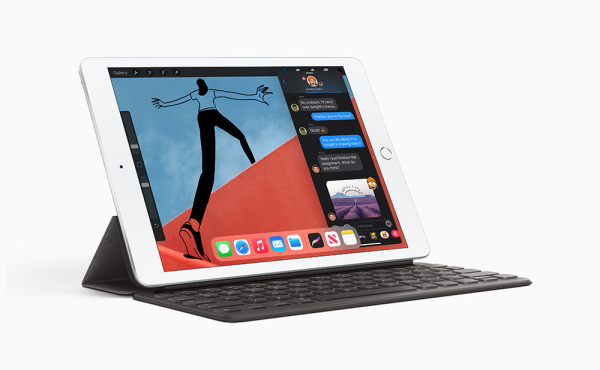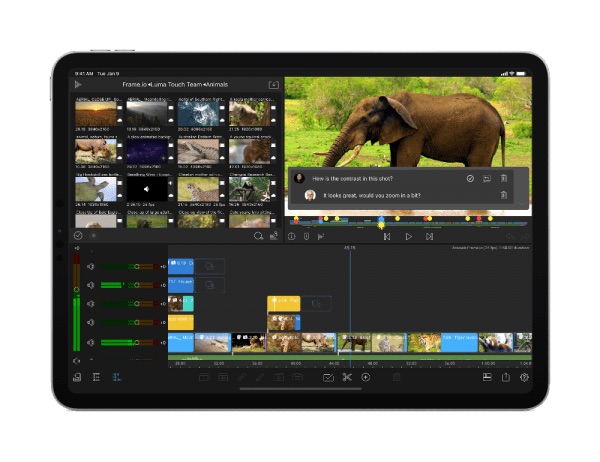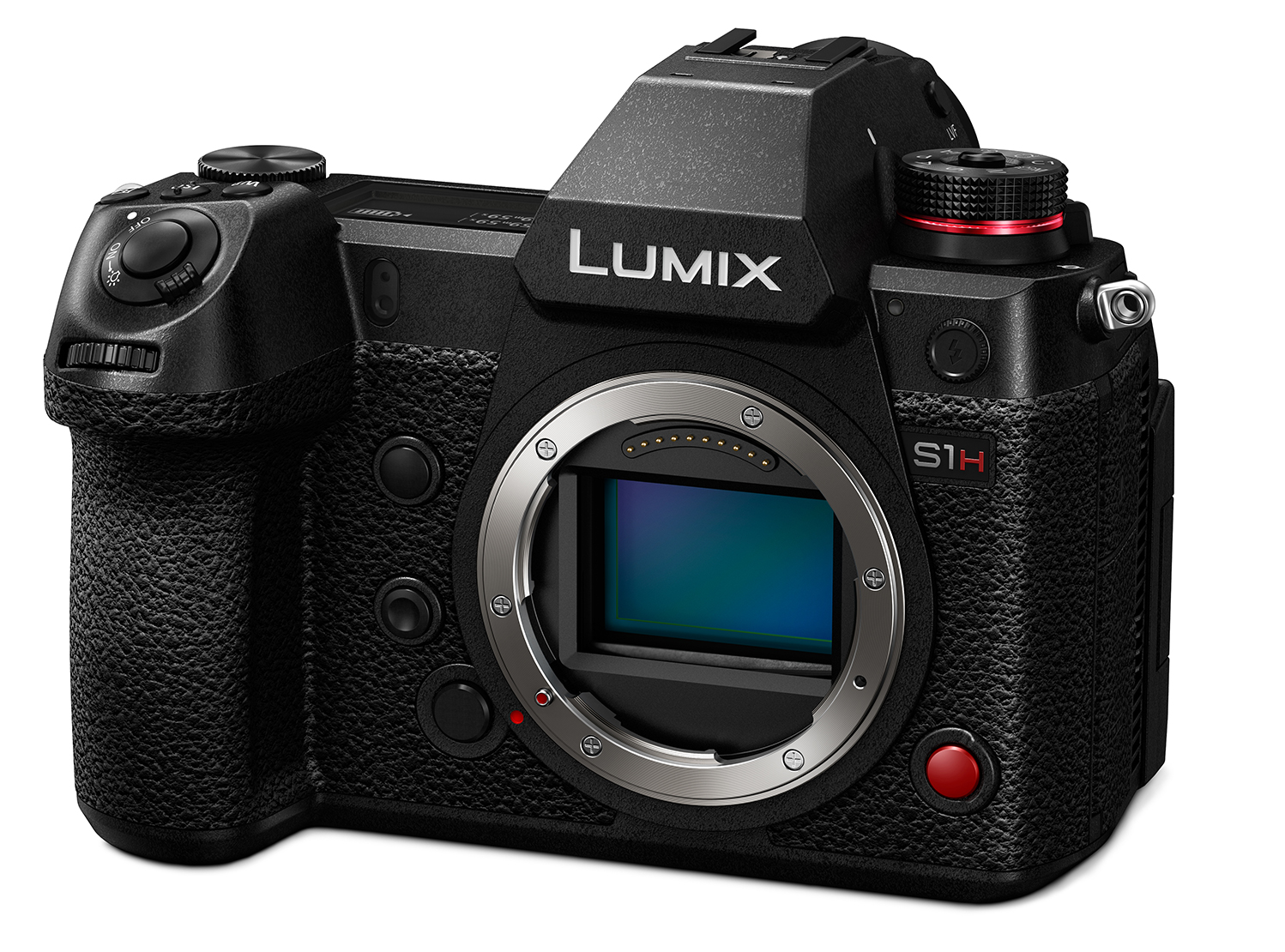[11:50 Thu,17.September 2020 by Rob] |
Apple has introduced its new iPad Air this week, which, with its A14 Bionic processor, is the first device that will probably carry the same CPU/GPU generation that will soon be seen in Apple laptops (and iPhones).  According to Apple, the CPU performance of the SoCs manufactured for the first time in 5nm is said to have increased by 40% compared to its A12 predecessor in the iPad Air and by 30% in GPU performance. And this makes the new Apple chip more and more interesting for video applications. And there are actually quite concrete problems for which the Apple CPUs could be a solution (among others). The 10 Bit H.265 4:2:2 material from the Canon EOS R5 and R6 comes to mind. Canon uses a 4:2:2 subsampling of the 10 Bit H.265 material in its current DSLMs (in contrast to some competitors). And this 10 bit 4:2.2 flavor causes performance problems on many post production systems. The only solution is currently a proxy workflow. If you look into the specs of current CPUs, for example, only the very current Intel Ice-Lake and the future Tiger Lake CPUs seem to support a corresponding hardware decoding from HEVC in 10 Bit 4:2:2. However, there are other systems that can process Canon&s 10 Bit H.265 4:2:2 material in real time on the current iPad Pros with the A12Z Bionic Chip.  So if you are looking for a real-time processing solution for the Canon 10 Bit H.265 material, you might find another option in the next generation of Apple laptops with the A14 Bionic Chip (and of course if you are comfortable with tablet-editing, you can also use it in the upcoming iPad Air). For PC users, too, the choice of H.265 10-bit 4:2:2 decoding solutions is likely to grow in the future - be it in the form of upcoming CPUs or GPUs. More to come on this soon ... deutsche Version dieser Seite: Apple: iPad Air mit A14 Bionic CPU: Noch mehr Leistung für Echtzeit 10 Bit H.265 4:2:2 Editing? |





